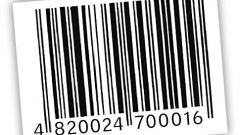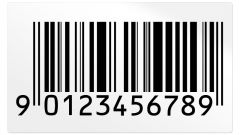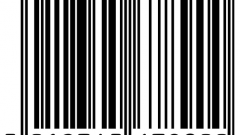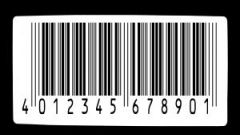Instruction
1
Read the digital marking of the country of origin, are recorded on the barcode of the product. If this is not the volume code, and the usual linear, consisting of strips of different widths, in addition to the graphical notation usually applied numerals corresponding to the bar coding. Figures are placed below the image and the number of the standards EAN-13, UPC-A and GS1 should be either twelve or thirteen (UPC-A). The first three digits (the prefix) represent the country code.
2
Determine which country has the numerical value read by you with a bar code of a product. This can be done by using appropriate tables, which can be found on the Internet. However, do not use the first met you in a search engine link - numbering of the countries in barcodes has some special features that different authors do not always stretch out as you place them on your pages. As a result, for example, goods from the US and Canada on different resources attribute ranges from 0 to 9, or from 0 to 13 or 0 to 139. More reliable to use data from primary sources. The Association, which is currently officially engaged in the standardization of barcodes called GS1, and the address of the page with the list of country codes on its website - http://www.gs1.org/barcodes/support/prefix_list. The same table in Russian can be found on the website of the Russian national member organization of this Association is http://www.gs1ru.org/about/prefix-list.
3
Take into account the fact that the indication in the bar code on the country-the manufacturer will not necessarily mean that the goods produced in this state. For example, a firm which produces goods, cannot be registered in the country for placing its production, and in a country where the main flow of exports. In addition, this product can be produced in one of the subsidiaries in other parts of the world. Often the situation when the co-founders of the manufacturer are several firms from different countries, or goods manufactured under license, was not in the country of the location of production.









